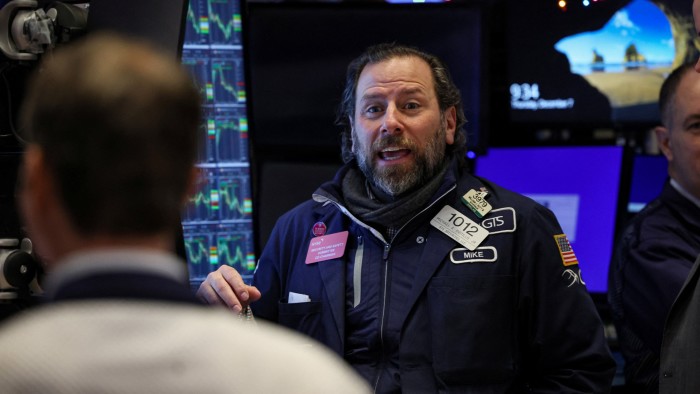High-yield bond ETFs attract highest flows on record in November

Simply sign up to the Exchange traded funds myFT Digest -- delivered directly to your inbox.
Latest news on ETFs
Visit our ETF Hub to find out more and to explore our in-depth data and comparison tools
Investors poured record sums into high-yield bond exchange traded funds in November as investors rediscovered their appetite for risk.
High-yield bond ETFs gathered $11.6bn globally, including $10.8bn in US-listed ETFs, according to BlackRock.
The global tally for high-yield ETFs totally eclipsed the previous record of $8.6bn set in April 2020, set as markets recovered from pandemic lockdown shocks. November’s outsized inflows more than reversed the cumulative $8.7bn of outflows from high-yield fixed income ETFs that occurred between August and October.
Investment grade corporate bond ETFs also enjoyed a stellar month with $10bn of net buying marking the highest inflows since January and more than making up for the $7.9bn of outflows that hit the category in September and October.
The flood of new money into both high-yield and investment grade corporate bond ETFs stands in contrast to government bond ETFs, which saw flows fall to their lowest level since January 2022. The $4.3bn of buying was just a fraction of the $30.4bn in inflows recorded in October.
The risk-on sentiment was felt across the industry. November marked 2023’s best month of inflows for exchange traded funds globally, with a net $127.5bn invested — almost double October’s tally of $66bn and the highest since December 2021’s record $155.7bn, according to BlackRock. US-listed equity ETFs alone brought in nearly $73bn last month.
“Investors have cash to put to work, and if the assessment of the investment environment is better than expected, that dry powder can be put to work,” said Karim Chedid, head of investment strategy for BlackRock’s iShares arm in the Emea region.
While high-yield strategies were far from the only beneficiaries of November’s surge in risk-taking, the evolution of the ETF market has generated additional lower-cost options for retail investors in that space, said Todd Rosenbluth, head of research at VettaFi, a consultancy.
Coupled with the possibility that the US Federal Reserve may start cutting rates next year, “high-yield funds were particular beneficiaries of this sentiment shift”, Rosenbluth said.
US-listed ETFs have brought in about $491bn of the $826bn in global flows in the 11 months to the end of November, according to data from BlackRock.
“I think the prospect of a soft landing actually coming true really resonated with investors for the first time last month,” said Morningstar analyst Ryan Jackson. “We’ll see if it continues through the end of the year.”
Comments